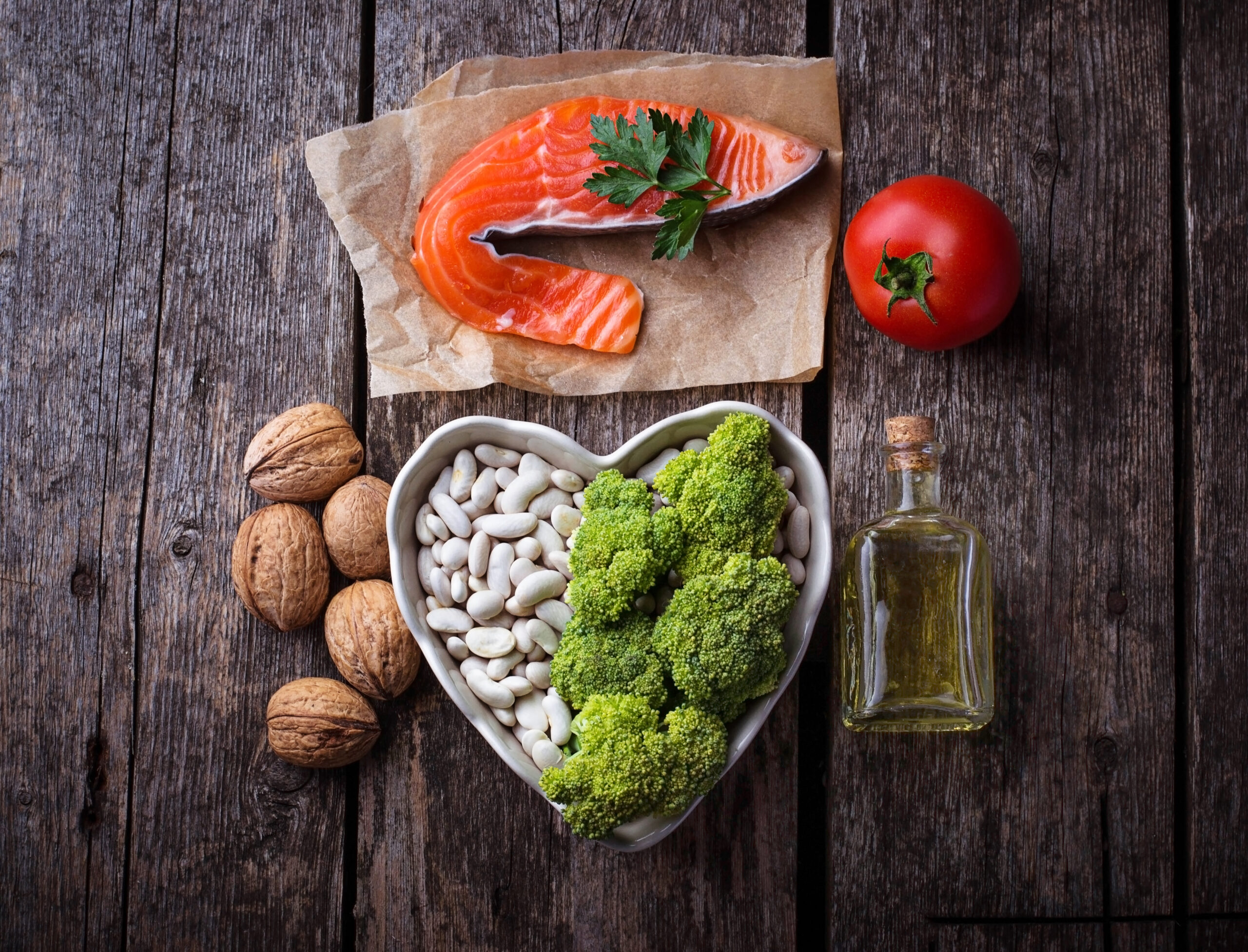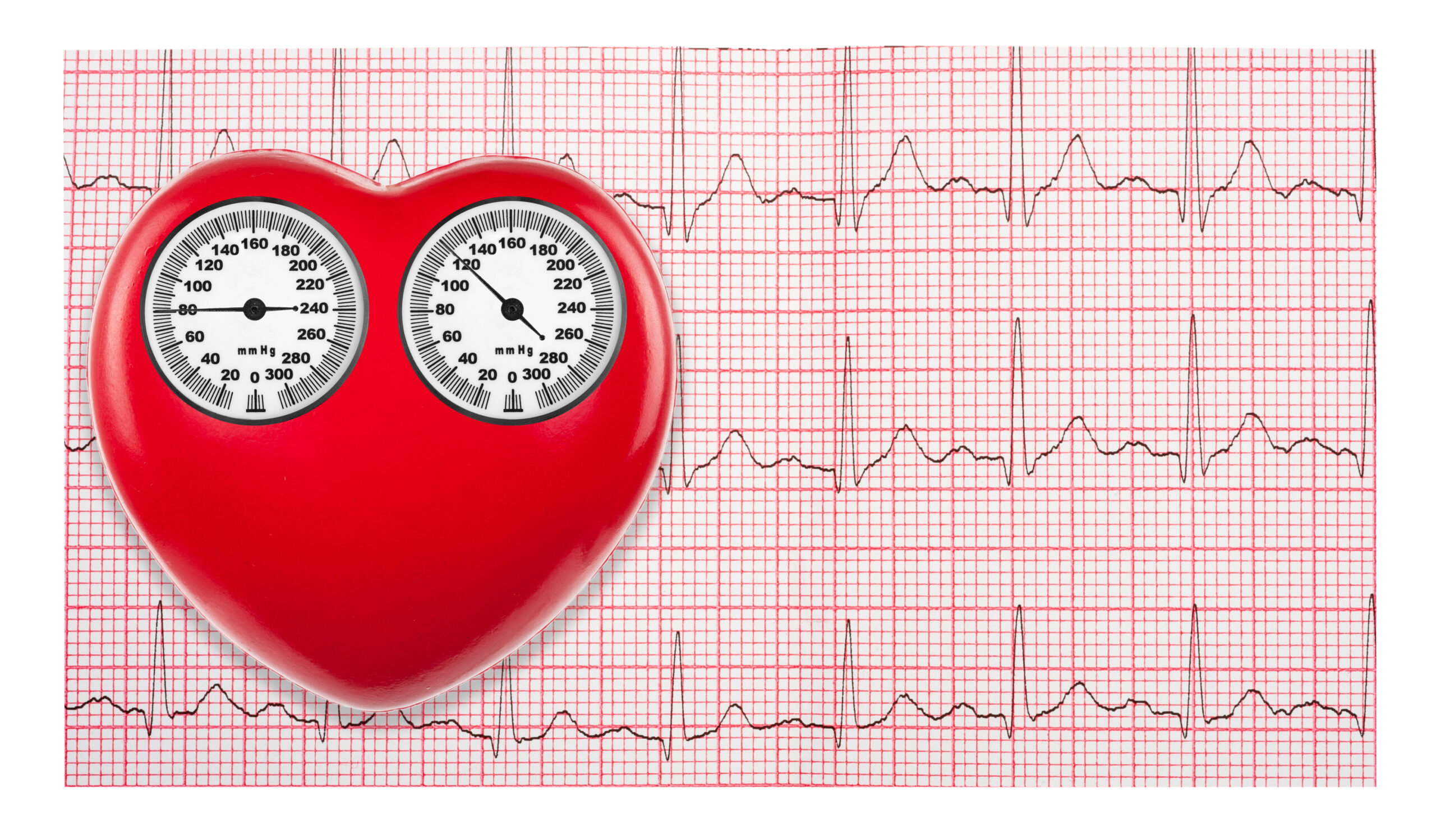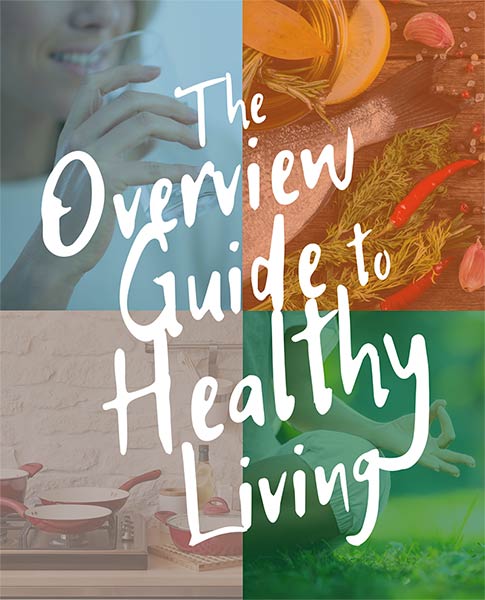What are the roles of lipoproteins and cholesterol in the body? Consider the interplay of insulin and cholesterol. How does a client’s insulin level impact his/her level of cholesterol? What is the current standard of care for someone who presents with elevated cholesterol? In what ways does this current standard of care affect insulin levels? Outline a nutritional protocol to help your client address his/her concerns of high cholesterol. Include labs might you request from your client’s primary care provider to assist you in designing this protocol. (600 words)
Lipids are hydrophobic: they are non-polar and insoluble in water. This means that they cannot dissolve in blood and rely on special particles for transport. These particles are called lipoproteins. Lipoproteins are a group of proteins synthesized in the small intestine and liver that transport hydrophobic lipids throughout the body. Lipoproteins are made up of lipids and proteins. The hydrophobic lipid portion of lipoproteins is placed in the core, while the hydrophilic protein portion is placed in the periphery of the particle. This particular structure is what allows lipoproteins to travel in the blood and transport lipids through the body.
Find Out What The Different Types of Lipoproteins and Their Names
There are different types of lipoproteins, and they are named according to the density of their content: chylomicron, chylomicron remnant, very low density lipoprotein (VLDL), intermediate density lipoprotein (IDL), low density lipoprotein (LDL), and high density lipoprotein (HDL). Chylomicrons are the least dense while HDL are the densest.

The lipids present in lipoproteins are triglycerides, phospholipids, free cholesterol, and cholesterol ester. Cholesterol is a high-molecular-weight alcohol, and it comes from two sources: exogenous (dietary cholesterol contained only in food from animals) and endogenous (manufactured by the liver). Cholesterol has several vital functions within the body. It gives our cells stability and stiffness. It is a precursor for the synthesis of steroid hormones, vitamin D, and bile, and it acts as an antioxidant. Cholesterol is needed for serotonin function, and low levels of cholesterol have been linked to aggressive behavior, violence, depression, and suicidal tendencies. Breast milk is rich in cholesterol, and infants and children need cholesterol-rich foods for proper development of the brain and nervous system. Cholesterol is also considered the “duct tape” of the body, used to repair damaged tissues.
Cholesterol and Heat Exposure
Cholesterol can become damaged upon exposure to heat and oxygen. Oxidized cholesterol is found in foods like fast foods, fried foods, margarines, baked goods, and foods that are deep fried in rancid vegetable oils.
Several studies reveal that prolonged exposure to insulin is linked to higher levels of lipid peroxidation markers in LDL. For this reason, we need to be aware that clients suffering from hyperinsulinemia will present higher levels of LDL compared to clients with normal blood sugar metabolism. The cholesterol guidelines from the American College of Cardiology and American Heart Association are as follows: patients with arterial plaques and otherwise healthy patients with LDL-C levels greater than or equal to 190 mg/dl are advised to drastically reduced intake of dietary cholesterol and are prescribed high-intensity statin therapy (or maximum tolerated statin therapy). Diabetic patients between the ages of 40 and 75 with LDL-C levels greater than or equal to 70 mg/ dl are prescribed moderate-intensity statin. It is disheartening to see such guidelines in place and to read that many expert physicians consider them not aggressive enough. Statins are dangerous medications linked to a host of side effects including memory loss and confusion, liver damage, muscle pain and damage. Statins also activate an immune response that prevents insulin from working correctly, causing an increase in blood sugar and, therefore, a higher incidence of diabetes. While as a nutritionist I cannot recommend against doctor’s orders, it is my duty to provide my clients with the latest research and information necessary to make informed decisions.
What Is High Cholesterol and How To Bring The Levels Down
When working with clients who are concerned about high cholesterol levels, some of the tests that I find helpful are the advanced lipid tests LDL particle number (LDL-P) and apolipoprotein B (apoB) as well as serum insulin test and c-reactive protein. These tests all measure biomarkers that can accurately predict risk of cardiovascular disease.
The nutritional protocol for such clients focuses on an anti-inflammatory diet that supplies high quality proteins, fats, and carbohydrates from low-glycemic vegetables and fruits. The diet removes added sugars, processed foods, fried foods, and vegetable oils. I also help them with stress management techniques and sleep hygiene. Supplements are an important part of nutritional therapy and, while there is no typical protocol, nutrients that are helpful in cases presenting high cholesterol are: chromium: 200-400 mcg with each meal; vitamin E: 200-600 IU d-alpha and d-gamma tocopherol; l-arginine: 700 mg two to three times a day with meals; magnesium orotate: starting with 400 mg and dosed to bowel tolerance; and curcumin: 15-60 mg three times a day. A formulation that I have used with success is Lipid-Sirt from Biotics Research.
References:
Naviglio D. Bad Cholesterol or “Bad” Science? Med chem [Internet]. 2016 [cited 2020 Oct 15];6(1). Available from: https://www.omicsonline.org/open-access/bad-cholesterol-or-bad-science-2161-0444-1000321.php?aid=66755
Shane Ellison — Life Saving Cholesterol Facts [Internet]. [cited 2020 Oct 15]. Available from: https://newswithviews.com/Ellison/shane13.htm
Kendrick M. The great cholesterol con: the truth about what really causes heart disease and how to avoid it. London: John Blake; 2008. 270 p.
Ross AC, editor. Modern nutrition in health and disease. 11th ed. Philadelphia: Wolters Kluwer Health/Lippincott Williams & Wilkins; 2014. 1616 p.
Shils ME, Shike M, editors. Modern nutrition in health and disease. 10th ed. Philadelphia: Lippincott Williams & Wilkins; 2006. 2069 p.
Smith LL. Another cholesterol hypothesis: cholesterol as antioxidant. Free Radic Biol Med. 1991;11(1):47–61.
Mei S, Gu H, Yang X, Guo H, Liu Z, Cao W. Prolonged Exposure to Insulin Induces Mitochondrion-Derived Oxidative Stress through Increasing Mitochondrial Cholesterol Content in Hepatocytes. Endocrinology. 2012 May 1;153(5):2120–9.
Colas R, Pruneta-Deloche V, Guichardant M, Luquain-Costaz C, Cugnet-Anceau C, Moret M, et al. Increased lipid peroxidation in LDL from type-2 diabetic patients. Lipids. 2010 Aug;45(8):723–31.
Grundy Scott M., Stone Neil J., Bailey Alison L., Beam Craig, Birtcher Kim K., Blumenthal Roger S., et al. 2018
Grundy SM, Stone NJ, Bailey AL, Beam C, Birtcher KK, Blumenthal RS, et al. 2018 AHA/ACC/AACVPR/AAPA/ABC/ACPM/ADA/AGS/APhA/ASPC/NLA/PCNA Guideline on the Management of Blood Cholesterol: A Report of the American College of Cardiology/American Heart Association Task Force on Clinical Practice Guidelines. Circulation [Internet]. 2019 Jun 18 [cited 2020 Oct 16];139(25). Available from: https://www.ahajournals.org/doi/10.1161/CIR.0000000000000625
Master SR, Rader DJ. Beyond LDL Cholesterol in Assessing Cardiovascular Risk: apo B or LDL-P? Clin Chem. 2013 May 1;59(5):723–5

